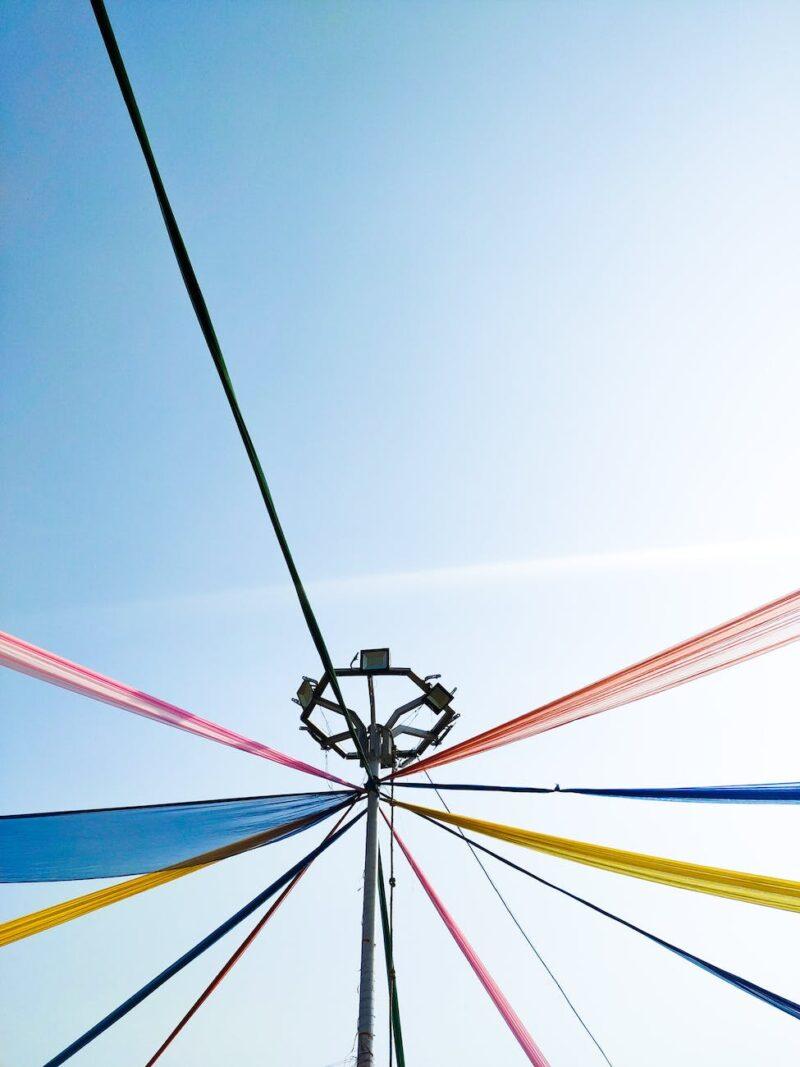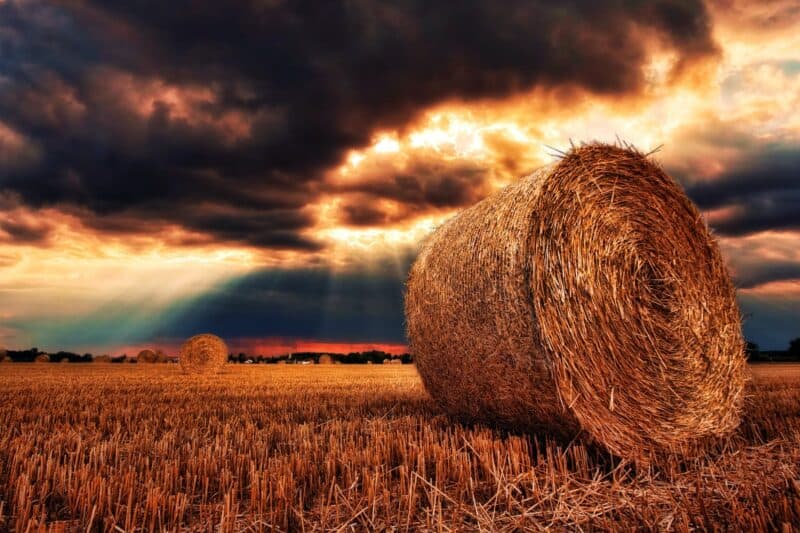Beltane is a pagan festival that celebrates the arrival of summer and the fertility of the land. It is traditionally observed on May 1st in the Northern Hemisphere and on November 1st in the Southern Hemisphere. The festival has roots in ancient Gaelic and Celtic cultures, but it has since spread throughout the world and is now celebrated by many different groups and communities.
Origins of Beltane
The origins of Beltane can be traced back to the pre-Christian era of the Gaelic and Celtic peoples who lived in what is now Ireland, Scotland, and parts of England. It was a time when people were closely connected to the cycles of nature and the changing of the seasons. Beltane was seen as a time of renewal and rebirth, when the earth came alive and the land was filled with new growth and energy.
In Gaelic mythology, Beltane was associated with the god Bel or Bilé, who was considered to be the god of the sun, fire, and fertility. It was believed that at Beltane, Bel would join with the goddess of the land to bring fertility to the earth and ensure a bountiful harvest in the coming months.
Beltane Celebrations
Beltane was traditionally celebrated with a range of rituals and ceremonies that were designed to honor the natural world and ensure the fertility of the land. One of the key rituals was the lighting of bonfires, which were seen as a symbol of the sun’s power and the light and warmth it brought to the earth. People would gather around the fires to dance, sing, and make offerings to the gods and goddesses.
Another important aspect of Beltane was the Maypole dance. This involved the planting of a tall pole in the ground and decorating it with ribbons and flowers. People would then dance around the pole, weaving the ribbons together as they went. The maypole was seen as a symbol of fertility and the joining of the male and female energies that were needed to ensure the health and vitality of the land.

Other Beltane rituals included the giving of gifts, the crowning of a May Queen, and the use of certain herbs and flowers to bring fertility and good luck to the home and the community. It was also a time for matchmaking and courtship, with many couples using the festival as an opportunity to find a partner.
Beltane in Modern Times
Although many modern pagans and Wiccans still celebrate Beltane, it has also grown in popularity among people from a variety of cultures and traditions. In some parts of the world, such as Scotland and Ireland, Beltane celebrations have been revived in recent years, with large-scale events featuring bonfires, music, and dancing.
In other parts of the world, Beltane has been incorporated into other traditions and celebrations. For example, in some Christian traditions, May 1st is celebrated as May Day, a day of dancing, singing, and flower-giving that has its roots in the pagan festival of Beltane.
Beltane is a festival that has deep roots in the pagan and Celtic traditions of the British Isles. A variety of rituals and ceremonies intended to honor the natural world and ensure the health and vitality of the community mark it as a celebration of the start of summer and the fertility of the land. Although the festival has evolved over time and has been incorporated into other traditions, it remains an important part of the spiritual and cultural heritage of many people around the world.





